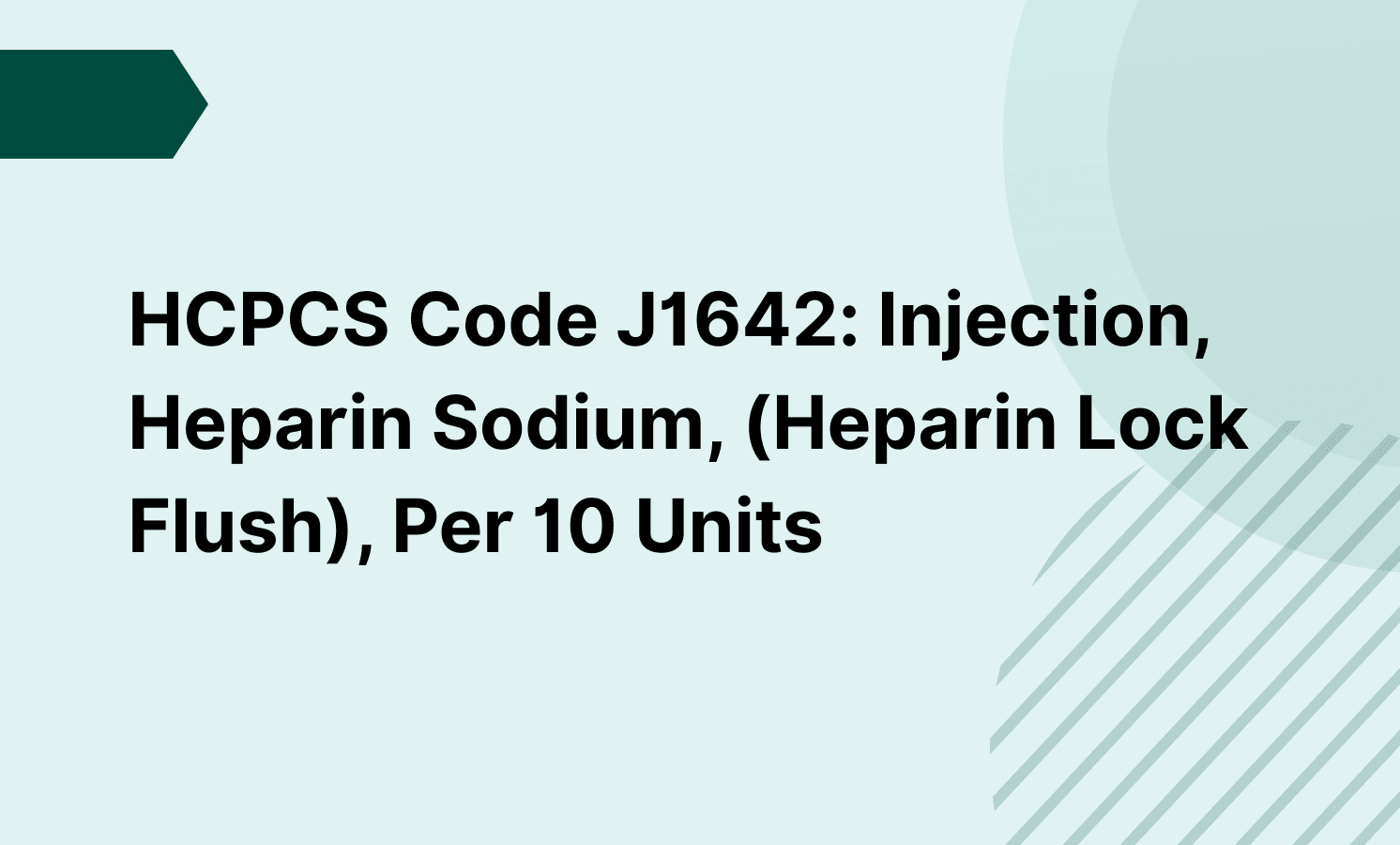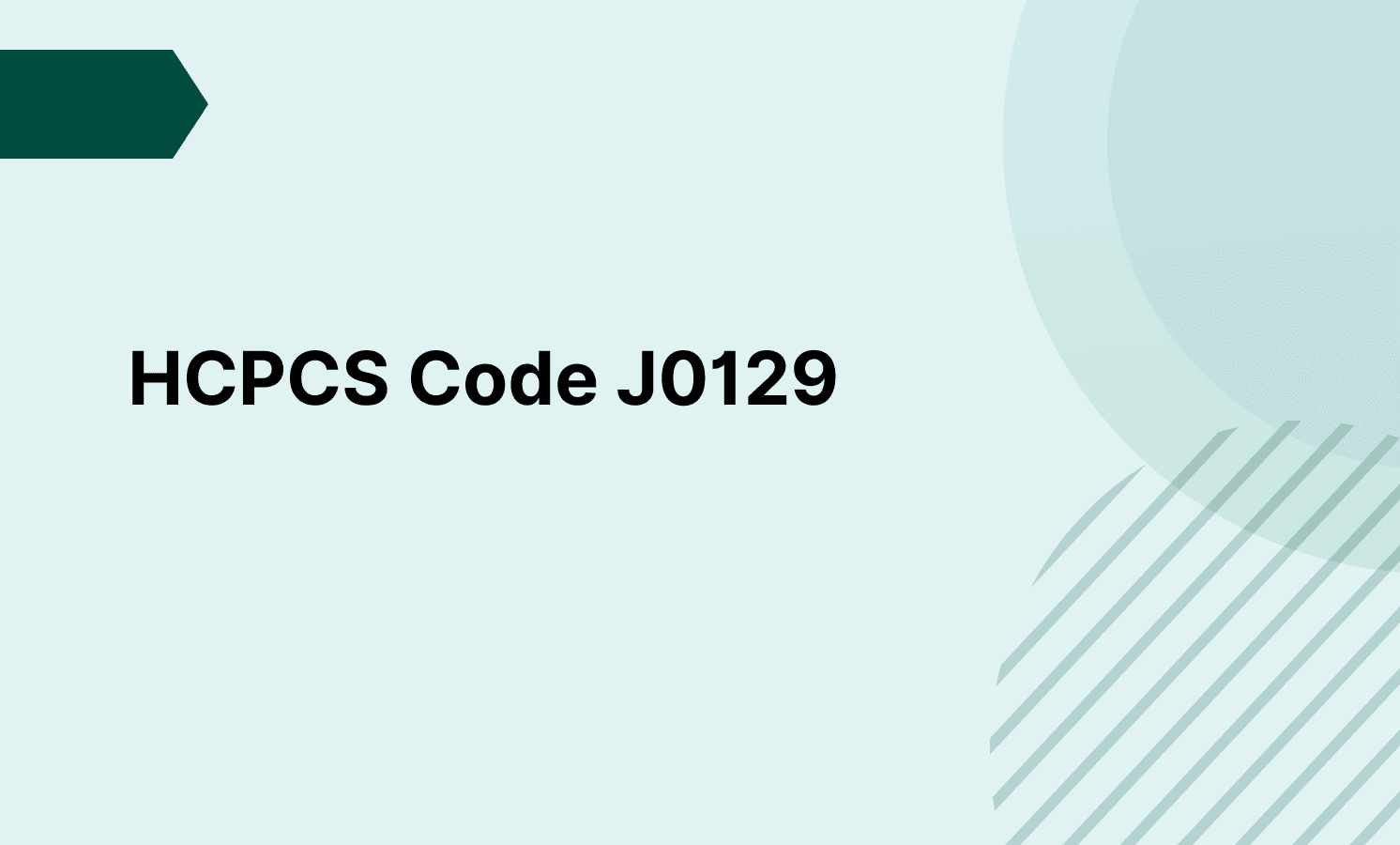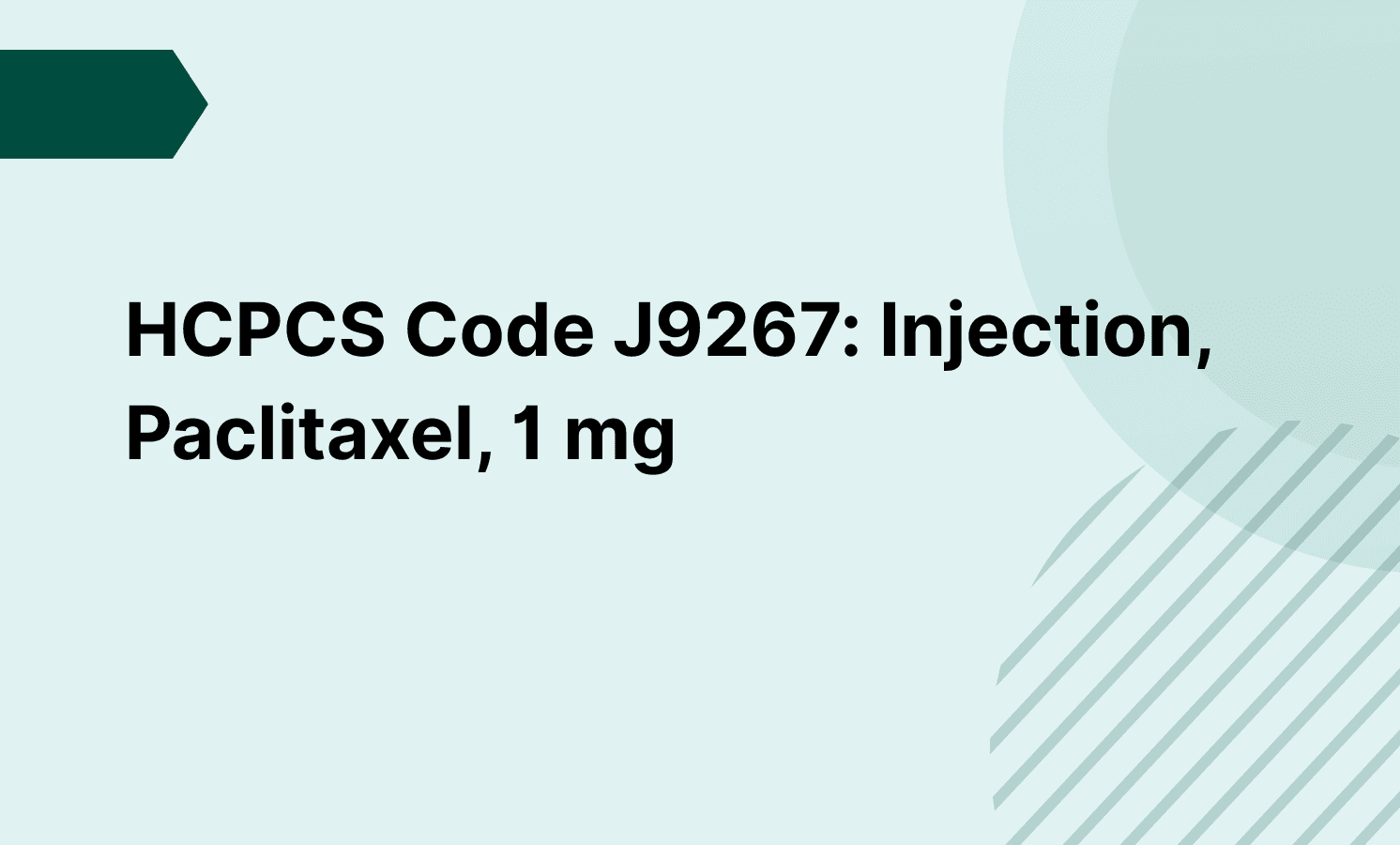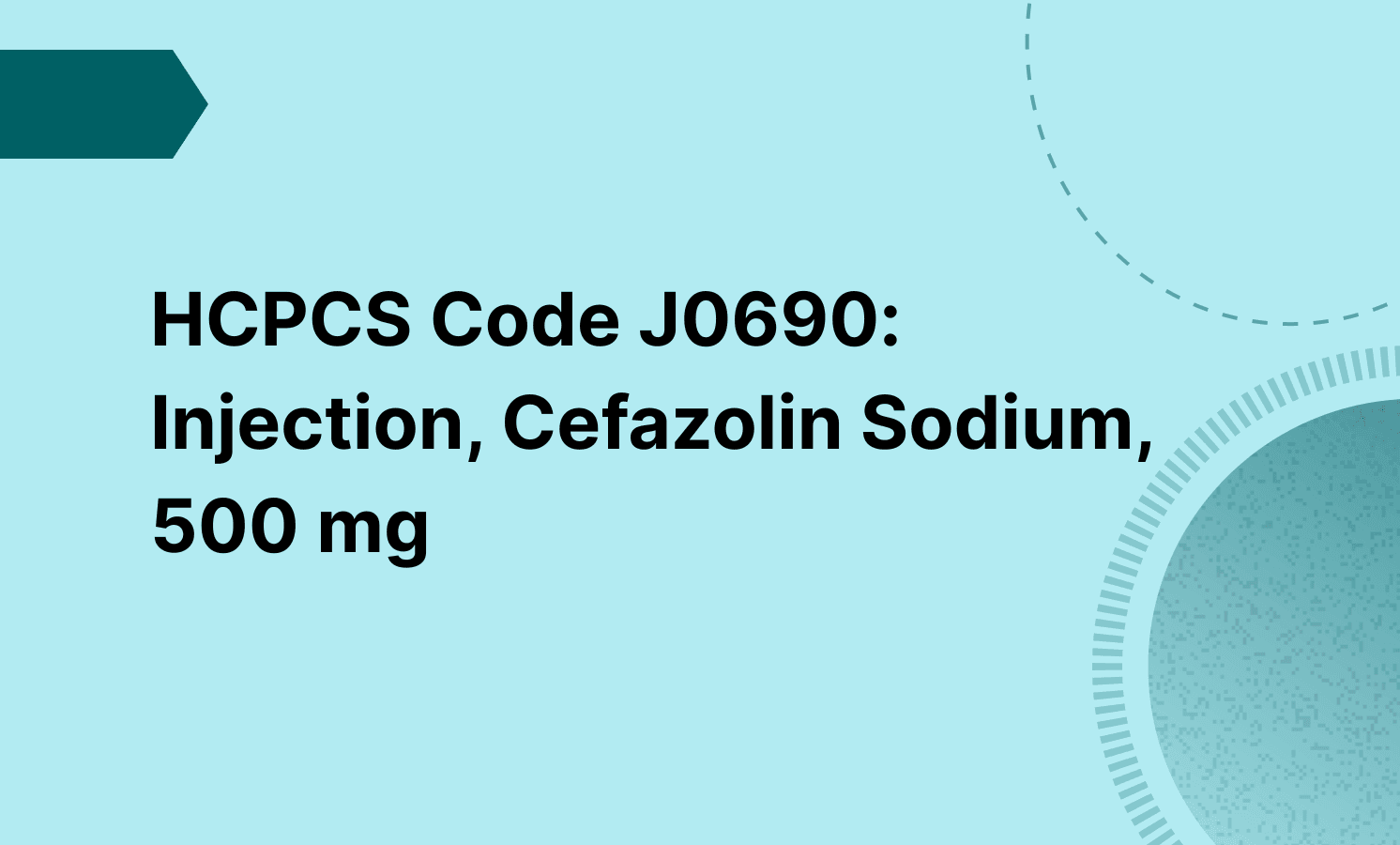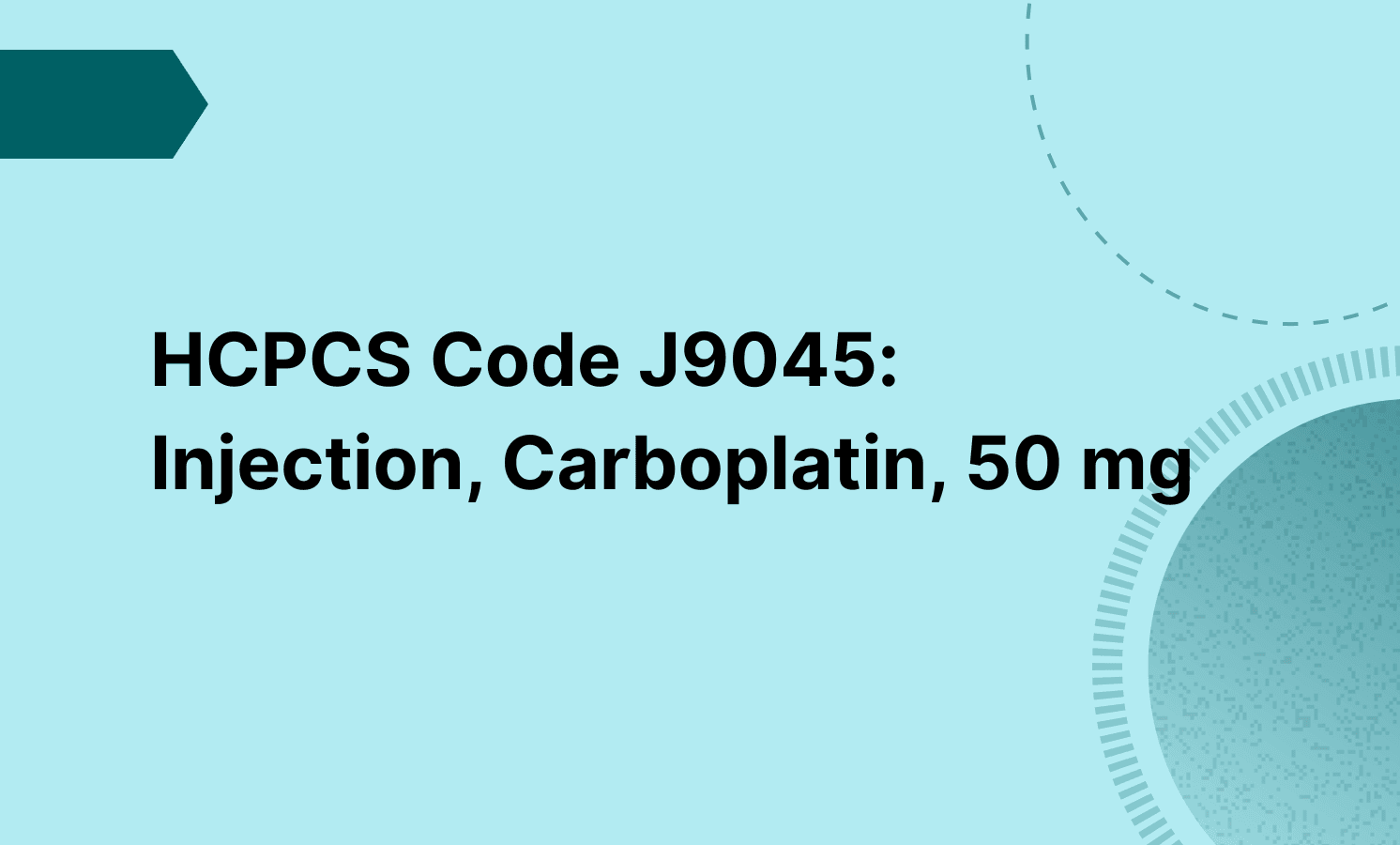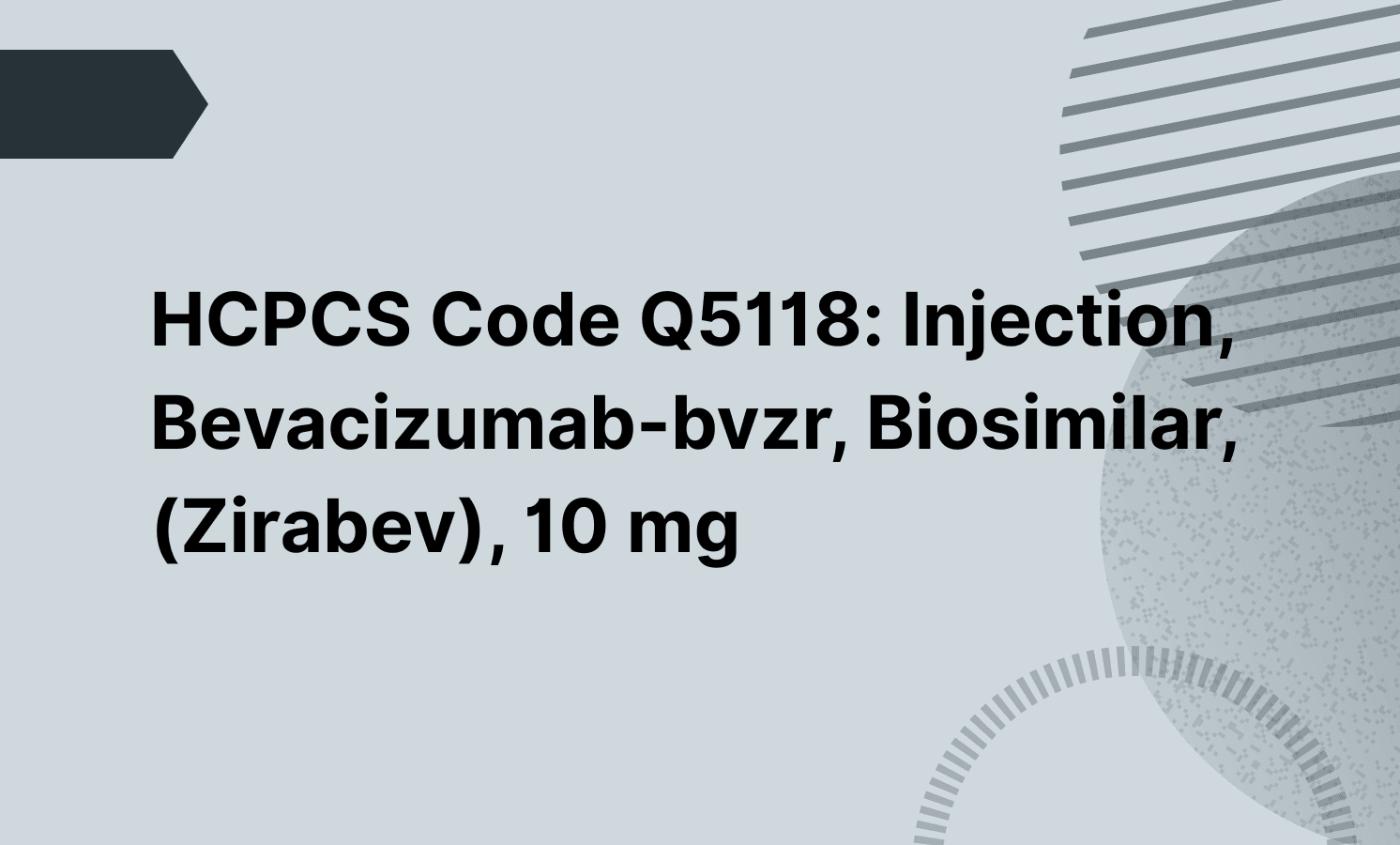CPT Code 99285 is used for life-saving care or conditions requiring detailed examination and accurate documentation. For Medicare patients, ED services should be billed at the appropriate level to reflect the case's complexity, which may include limited diagnostic testing or management of potential adverse reactions from prescribed treatment.
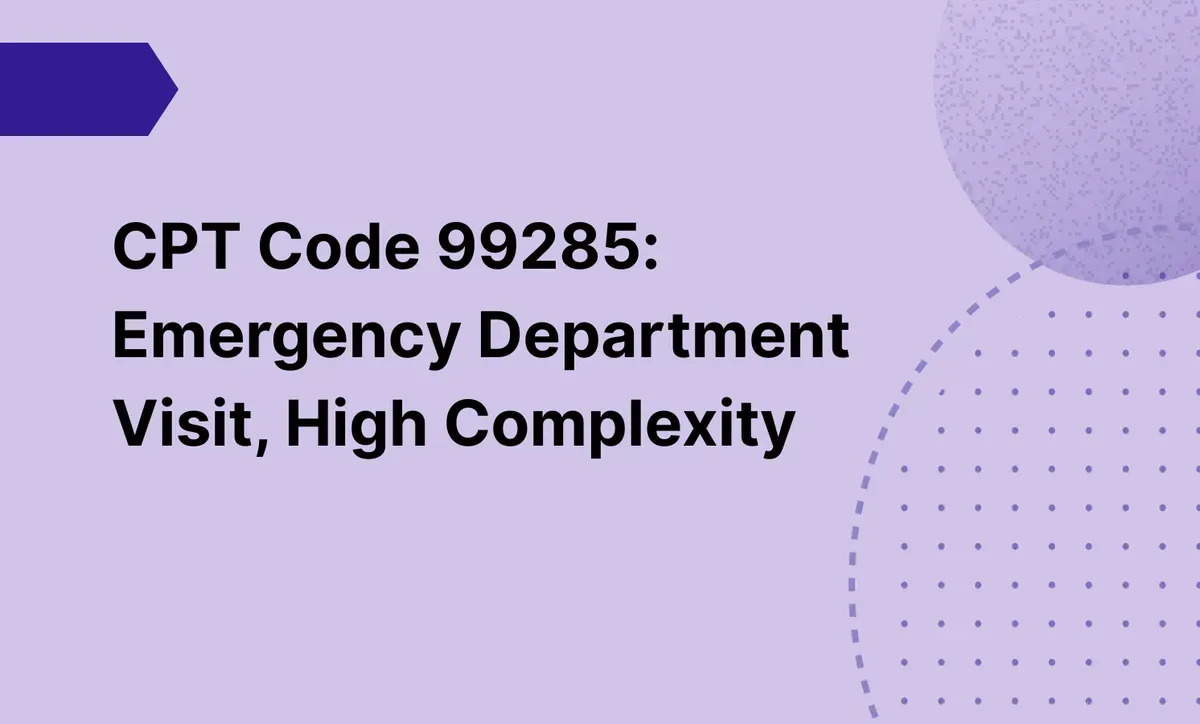
CPT Code 99285: Emergency Department Visit, High Complexity
Learn more about the guidelines for CPT Code 99285 to navigate high complexity visits effectively, and ensure accurate coding and billing.
Use Code
Frequently asked questions
To support compliance, providers must ensure accurate documentation of all key components of the visit, including medical care given, prescribed treatment, and any potential adverse reactions.
When treating several patients with similar complaints, like chest pain or minor trauma, the level of care may vary based on the severity and complexity of the condition.
EHR and practice management software
Get started for free
*No credit card required
Free
$0/usd
Unlimited clients
Telehealth
1GB of storage
Client portal text
Automated billing and online payments

